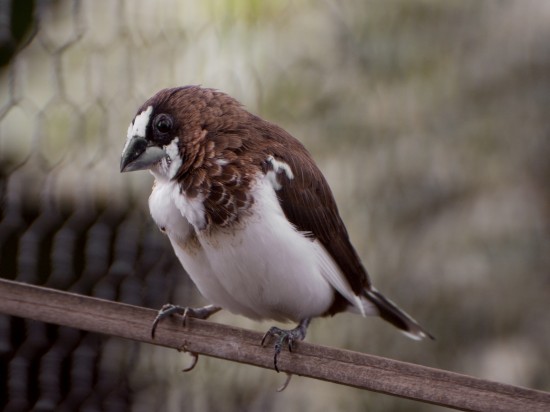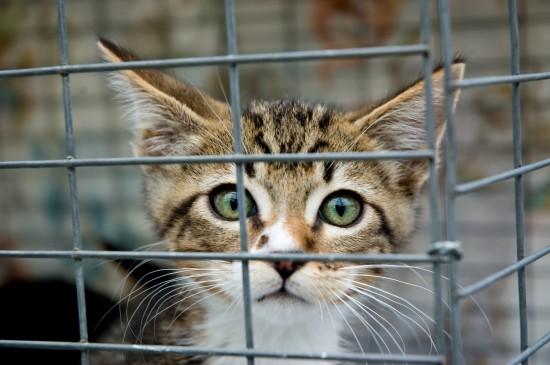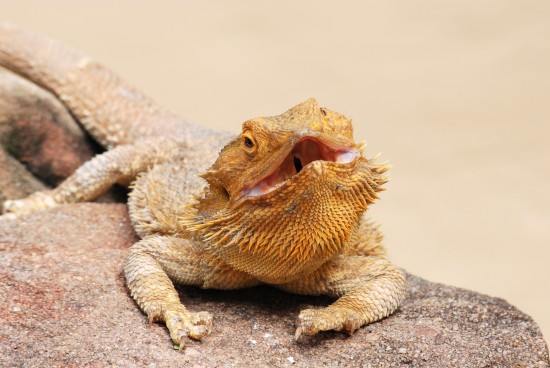

This is a general piece on finches, which cover two main families known as the Old World Finches such as Greenfinches and Goldfinches and the New World Finches such as Zebra Finches and Bengalese Finches. While different birds may have specific illnesses they are common to, as a general rule these birds are physically similar enough to group together.
All birds can suffer from stress and it is a killer. There are a wide range of reasons that a bird can be affected from stress, some obvious and others not so much. A change in their cage or a new home is a major stress factor, as is an event such as an attack by a predator or another larger bird. Sometimes rivalry between the same species can be a problem, if these are types of finches best kept away from others.
External factors that can bring about a stress reaction include malnutrition. If the bird is suffering from a deficiency of some kind or isn’t getting the right kind of food, this can cause stress. Similarly, a vitamin D deficiency is another serious problem, usually caused by a lack of access to natural sunlight.
Australian finches are particularly prone to this particular problem, though any finch species can be effected. Iodine is needed for the proper function of the thyroid gland and if a bird doesn’t get enough, it can lead to poor feather condition, problems when moulting, respiratory issues and also infertility. Gouldian Finches are one species particularly noted for their need for iodine.
Iodine is found naturally in in oyster shell or iodine blocks can be bought. If the birds don’t take the iodine voluntarily, grind some up and add to their greens or egg food. Another option is a liquid iodine supplement to add to water if all else fails.
One of the most common symptoms is a baldness on the head. If after three weeks of treatment the feathers don’t grow back, then iodine deficiency isn’t the issue.
Air sac mites are listed as the number one killer of Gouldian Finches and is a problem that can affect any of the finch species as well as canaries, budgies and cockatiels. It can be varied in its effect from a mild case when birds don’t sing as much, are less active and fluffed up to more serious cases where there is sneezing, wheezing, coughing, wet nostrils and open mouthed breathing. Additional symptoms include tail bobbing, weight loss, weakness and a clicking sound on the chest when breathing if you hold them close to your ear.
These mites pass from bird to bird through the air when close to each other or by coughing or sneezing. Therefore, any bird suspected to have the condition should be separated from other birds.
The condition can be fatal and finding out that it is air sac mites is the first important steps as there are other conditions that have the same symptoms. Vets may use a tracheal swab or a microscopic examination. Once the condition is identified, your vet will guide the treatment needed, as it is a delicate process. Treating too quickly can lead to a massive die off of the mites that can block the respiratory tract.
It is also important to sanitize all areas that the bird comes into contact with if you suspect the illness to avoid passing to others or reinfection. They should also be prevented from exerting themselves and also remove grit as the bird can over-eat this and can become impacted. Also, speak to your vet about any supplements you normally provide as these can interfere with medication.
Scaly leg is a condition created by mites called Knemidokoptes that burrow into the feet and legs but can also affect the vent and face areas. There are different species that affect different types of birds and in finches, as well as canaries, the type is called Tassle Foot. The mites are highly contagious so if one bird has them, everything they have come into contact with needs to be sanitized.
Signs of the mites are a crusty, scaly appearance of the feet and legs which may also appear swollen. Claws become overgrown or cracked and lameness or reduced mobility is common. Lesions are slower to develop but the infestation can spread across the body and if left untreated will be fatal.
A vet will treat the infection with a special scaly mite spray after taking a scraping to confirm the nature of the problem. Certain deficiencies are also commonly linked with scaly leg so that birds who have the problem are more susceptible to infestations.
Eye problems are a symptom that can indicate a range of different problems but should never be ignore. It can also be a sign of an injury and as such may be treated with something as simple as aloe gel.
Blindness is another problem that can indicate a range of conditions; avian pox, viral infections, toxoplasmosis (parasitic infection), tumours and even an advanced ear infection.
Distorted pupils can be caused by a spasm in the iris dilator muscle, which often corrects itself in a matter of minutes. However if it doesn’t or if any other symptoms present, consult a vet. It can be a sign of an eye infection and can lead to blindness if not treated.
Conjunctivitis can be a symptom of a range of illnesses also as well as a condition in its own right. Avian Conjunctivitis is commonly known as House Finch Infection is when crusty thickened growths grow around the eyes and can even cover the whole eye. Eyes are swollen and red and tend to water. It can also be connected with respiratory problems.
Finches are supreme at hiding problems due to their small size and vulnerable nature. Therefore, at the slightest sign of a problem it is best to examine them thoroughly to try and see if a problem is showing itself. The earlier the problem is uncovered, the better the chance of successful treatment.
 Is The Manchester Terrier A Good Choice Of Pet?
Is The Manchester
Is The Manchester Terrier A Good Choice Of Pet?
Is The Manchester
 Does Feeding Dry Food To My Dog Help Keep Their Teeth In Good Condition?
Does Feeding Dry
Does Feeding Dry Food To My Dog Help Keep Their Teeth In Good Condition?
Does Feeding Dry
 Choosing A Holiday Boarding Cattery
Choosing A Holida
Choosing A Holiday Boarding Cattery
Choosing A Holida
 Bearded Dragon Health And Diseases
Bearded Dragon He
Bearded Dragon Health And Diseases
Bearded Dragon He
 Is It Ok To Feed Bones To Dogs?
Is It Ok To Feed
Is It Ok To Feed Bones To Dogs?
Is It Ok To Feed
Copyright © 2005-2016 Pet Information All Rights Reserved
Contact us: www162date@outlook.com